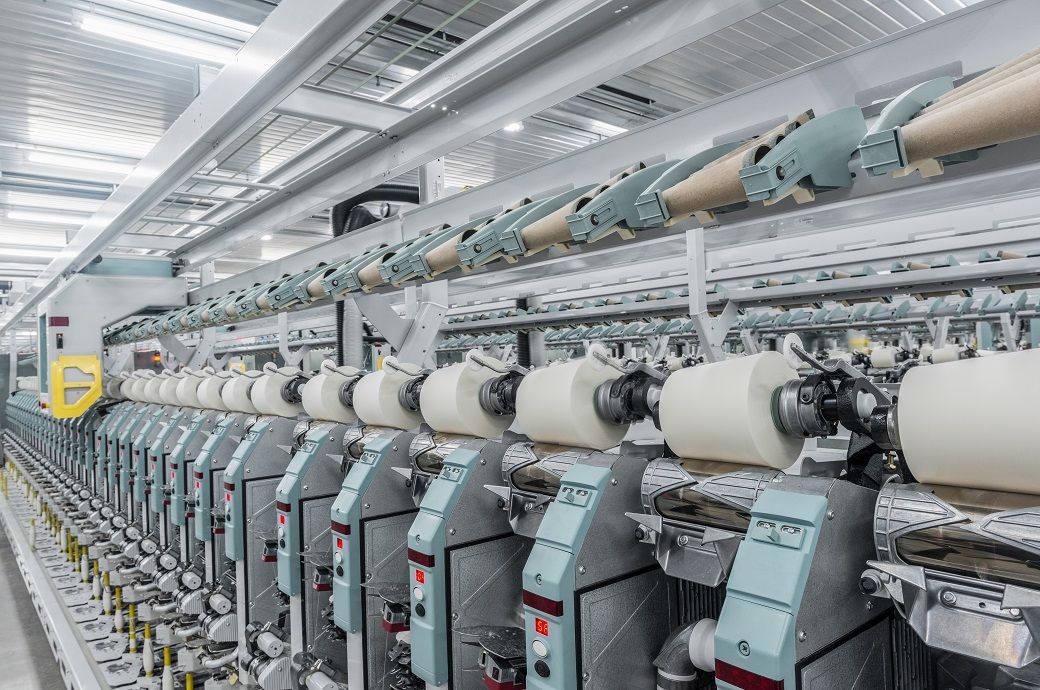
The good news is that only 4 per cent of participants registered cancellations of more than 30 per cent, a figure that has not significantly changed since November 2022, when this additional question was introduced in the 19th ITMF Global Textile Industry Survey (GTIS) for the first time, which was conducted in March 2023.
That cancellations of orders are not gaining pace is an indication that weakening demand is a result of past high inventories rather than a slump in end-consumer demand.
The level of cancellations nevertheless varies between regions. North and Central America records the lowest level of order cancellation. Around 67 per cent of orders were not impacted by any sort of cancellations, followed by East Asia at 59 per cent, Africa at 57 per cent, South-East Asia at 53 per cent, and Europe, including Turkiye at 52 per cent. Surprisingly, South America is the region where a vast majority of orders were cancelled, albeit mainly in the range of between 10-20 per cent. What stands out is the fact that 8 per cent of companies suffered cancellations of more than 30 per cent in East Asia, compared to 4 per cent on average.
As far as segments are concerned, spinners, weavers, and knitters are more subject to order cancellation. While the number of textile chemical producers suffering the effect of order cancellations is relatively small, they experience the strongest cancellation rate. This means 25 per cent of the respondents in the segments answered 10-20 per cent and 13 per cent of them answered >30 per cent. Cancellation for home textile producers is close to average.
Fibre2Fashion News Desk (NB)